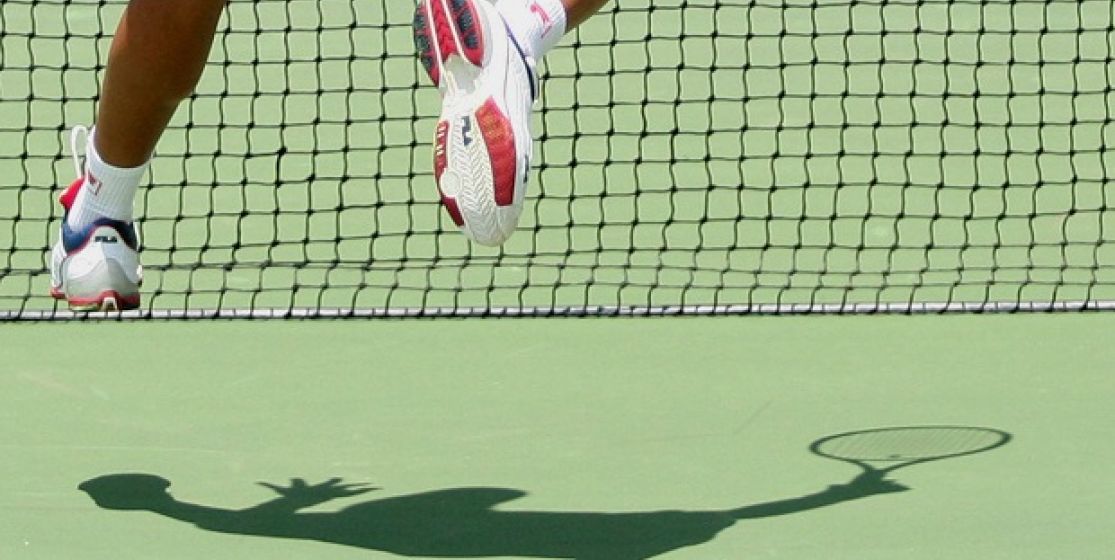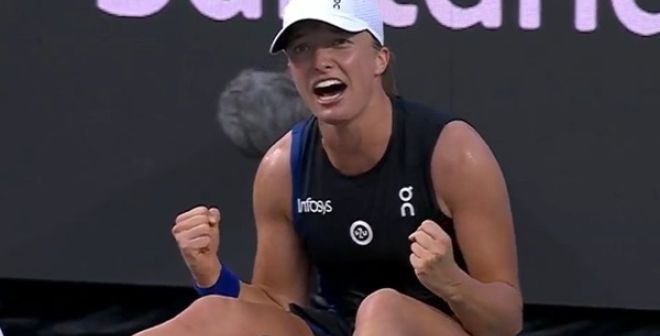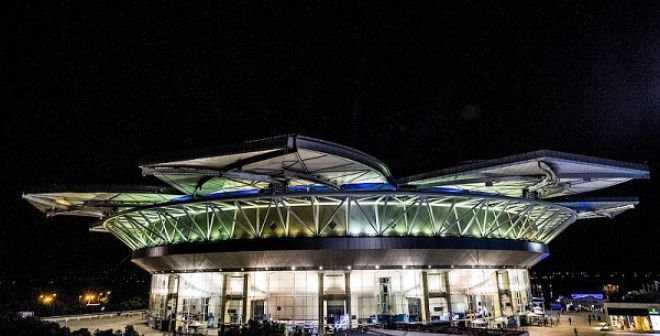Heckled by anti-apartheid protesters and threatened with exclusion from the competition, the South African team of Davis Cup by BNP Paribas believed to have found a way to fight back in March 1978 by selecting Peter Lamb, an unknown 19-year-old black player, to face the United States. A choice, which was much more about politics than sports...
In the 1970s, South Africa was a major source of concern in the concert of nations. In geopolitical terms but also for culture and sports. With this question: was it possible to act as if it was a country like any other? The legitimacy of South African athletes and local sports events was stirring debate. Indeed, continuing to act as if nothing was happening could be seen a kind of silent approval of the disgraceful domestic policy there. Which was clear: strict separation of races, "white" were considered superior to others. Pure segregation also known as "apartheid." The controversy was even more intense in the tennis world since South Africa has always been a country that loves tennis, with both high-performance local players on the international tour and quality tournaments locally. So boycott or no boycott? During the 1974 edition of the Davis Cup by BNP Paribas, India had chosen the first option, depriving themselves of playing the final against the South Africans, leaving the latter to win the title on green carpet...
In Nashville, anger was brewing…
As years went by, the controversy only got worse and South Africa supports became increasingly rare. At the annual convention of the International Tennis Federation (ITF) held in Hamburg in 1977, more than half of the participants voted the exclusion of the country of the Davis Cup by BNP Paribas. But the regulation stipulating the need for three-quarters of the vote to endorse this decision, South Africa still participated in the 1978 edition of the competition. In the draw, it inherited first Colombia for its opening match (4-1 in Johannesburg) and then the United States. The matches were scheduled on the 17th, 18th and 19th of March in the United States. The local Federation chose the Vanderbilt University in Nashville, Tennessee, to host the event. But a few weeks before, a polemic started to rumble on campus: several student organizations started to protest against this decision. In addition, the South African federation was within the scope of an ITF investigation. Under pressure, they decided to select, in addition to regular team members, an unknown player called Peter Lamb. The latter was a 19-year-old university player, who was studying precisely at the Nashville University and had the particularity of being "a coloured player". In other words, he was black.
Lamb, a manipulated student
By their choice, the South African federation thought that they could shut down the polemic but it was the very opposite that actually happened. For all observers, and the media first, it was a purely political act, a cynical manoeuvre without sports consideration. For Lamb, if he was the number 1 of the tennis section at the Vanderbilt University at the time, he was far from having the international level required to participate in such a competition. Spotted at the age of 16 in a township of Cape Town by Arthur Ashe while he was one of the best young black South African at the time, he received a scholarship to study in the United States and escape the apartheid. Lamb was certainly a good boy, but mostly a manipulated young man for political purposes that were far beyond him. But in the newspapers, he denied any kind of manipulation and declared that he wanted to honour this selection, which could be a decisive step for him to turn pro. Anti-apartheid activists urged him to decline the invitation, even harassing him on the phone, but he still decided to join the South African team to prepare for the tournament.
Summer 78, South Africa finally excluded
Finally, it wasn't him but Ray Moore, a regular member of the team, a white player, who ended up throwing in the towel. Tired, he said, of the political instrumentalisation carried out by his federation and his country, he decided not to go to Nashville, where the confrontation with the United States started under high tension. 5,000 vociferous spectators, and the majority of them copiously booed the South African team, attended the matches. And exulted for the American victories of Vitas Gerulaitis and Harold Solomon in singles, while South African only managed to win the doubles. Peter Lamb was only a substitute and didn't play a single game of the weekend. A few months later, at the ITF Congress held in Stockholm this time, South Africa was finally excluded from the competition. The country only returned in 1992, at the end of apartheid. As for Peter Lamb, he never truly fulfilled the hoped placed in him. On his page on the ATP website, there are only two phrases: a ranking of 440th in the world in 1980 - his highest ranking - and a final match on the tour lost in two sets against Guy Forget at the Johannesburg Challenger in April 1982.
By Régis Delanoë






